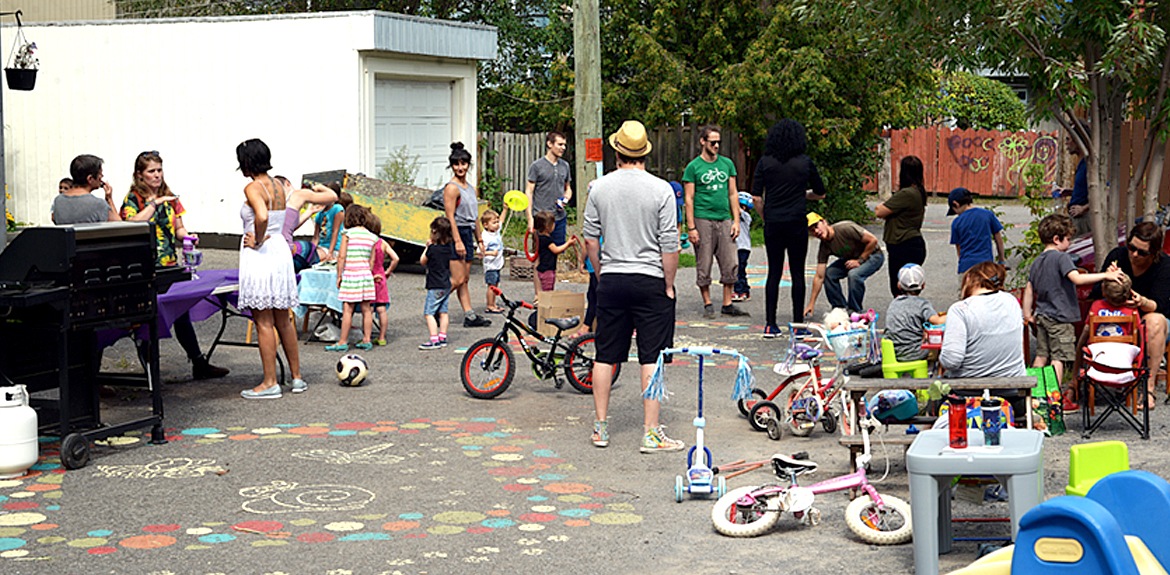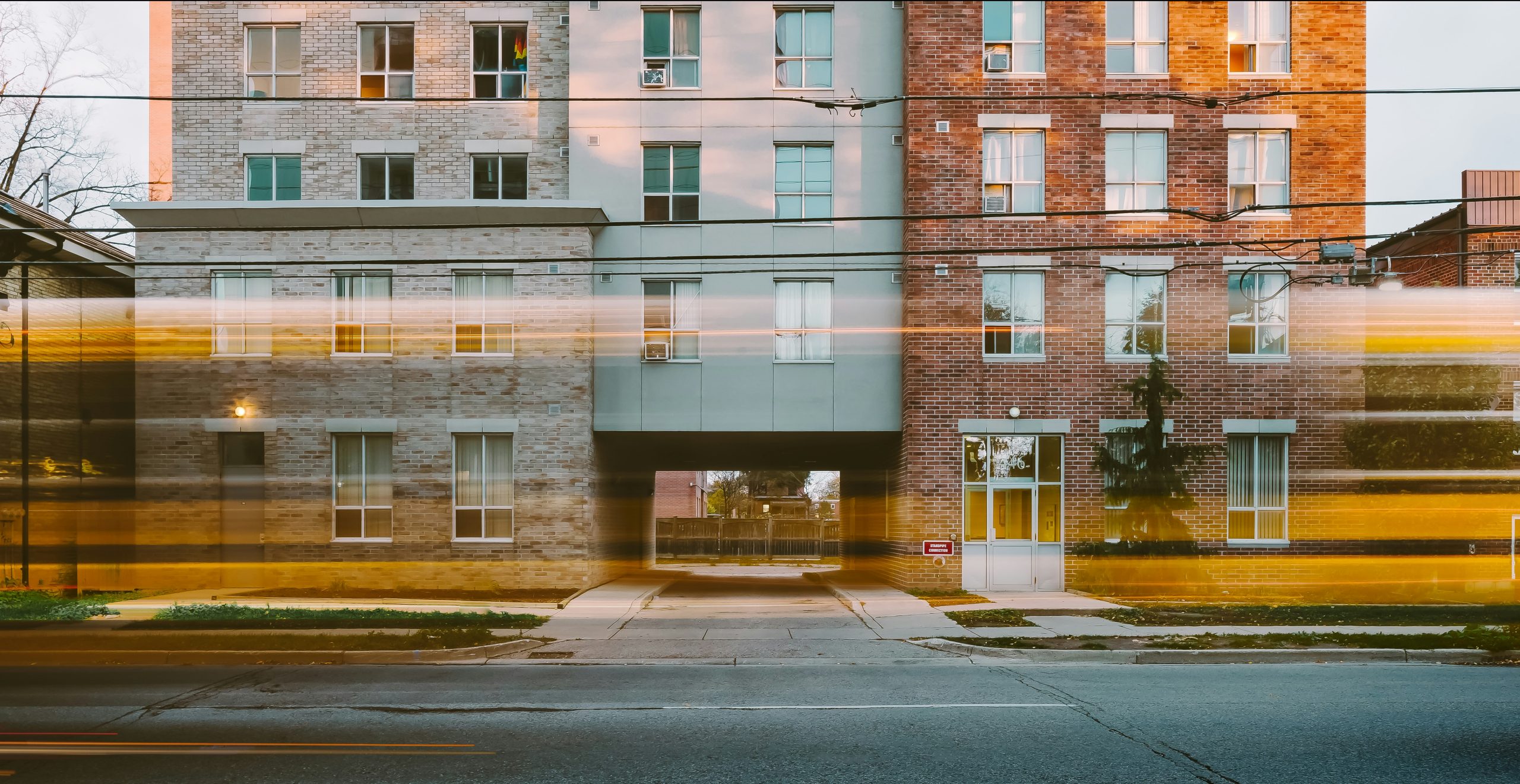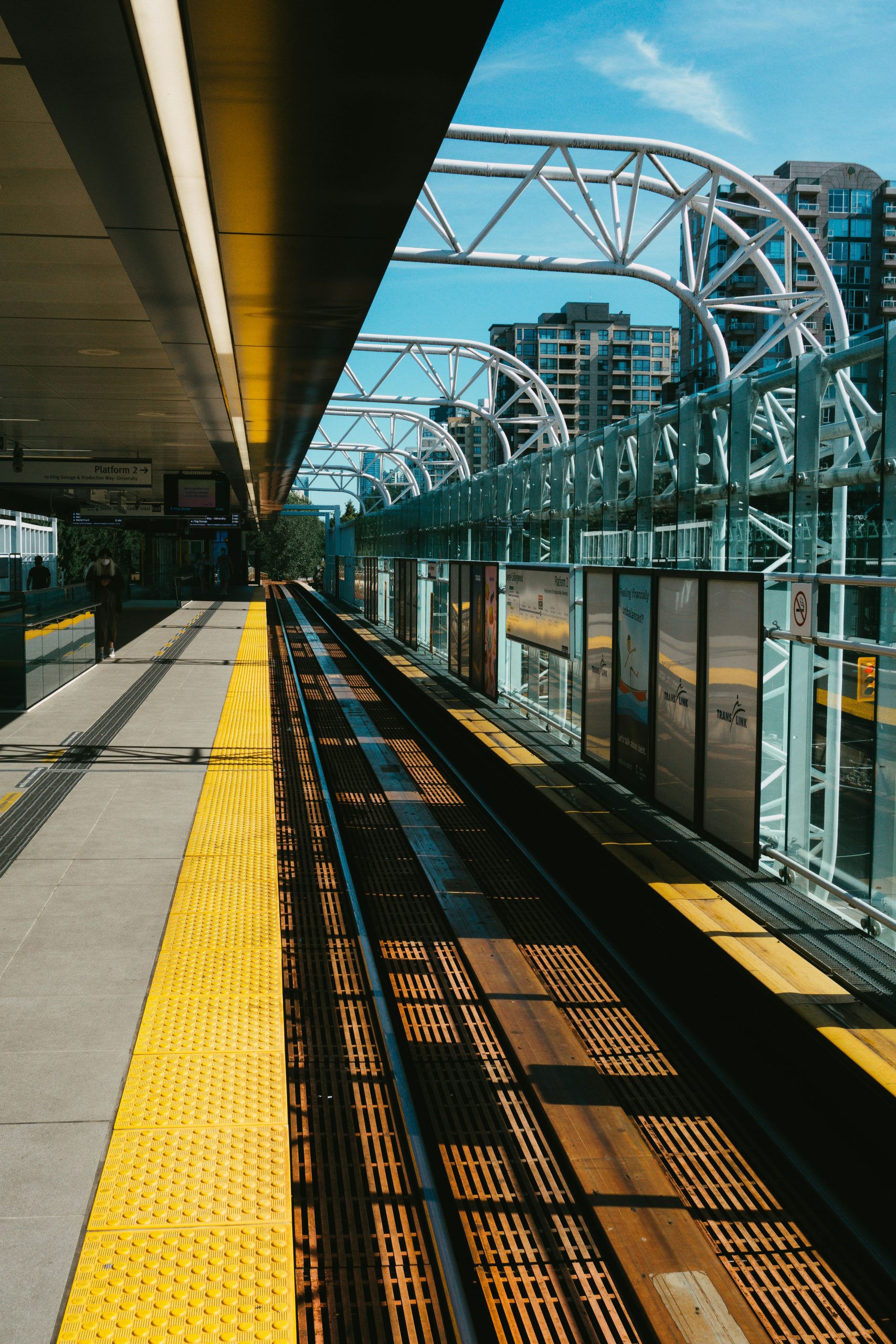Featured Guest
You’ll find this guest among our growing roll of Urban Champions.
-

Tessy Britton
Founding Chief Executive, Participatory City Foundation
-
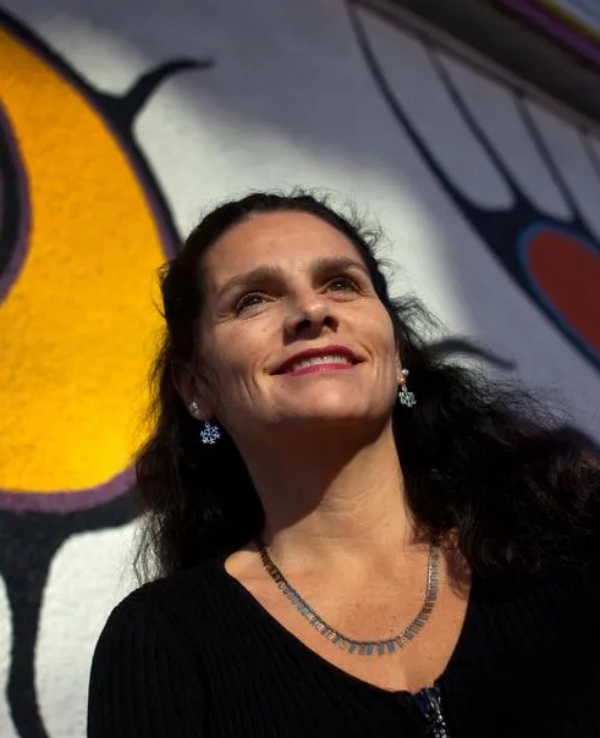
Pam Glode-Desrochers
ED, Mi’kmaw Native Friendship Centre
-

Maude Lapointe
Coordination, projets de transition, Notre voisinage, Solon collectif
-
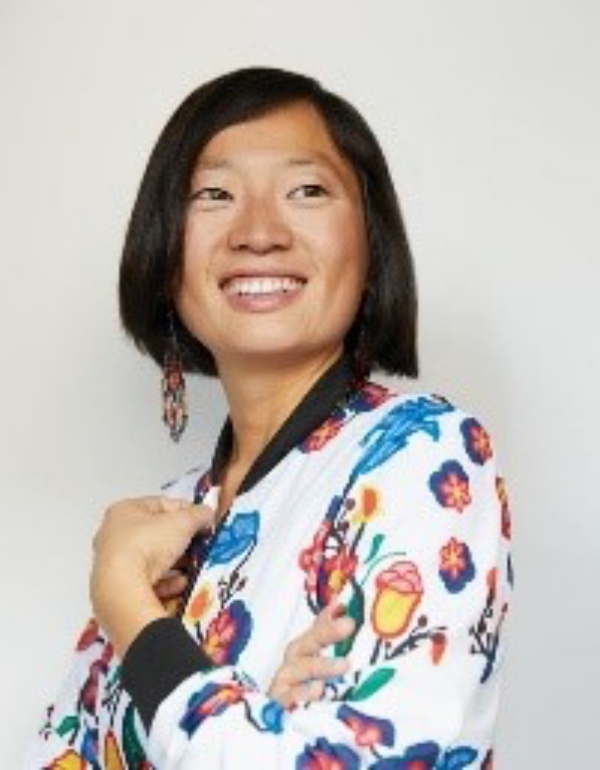
Keran Tang
Edmonton City Councillor
-
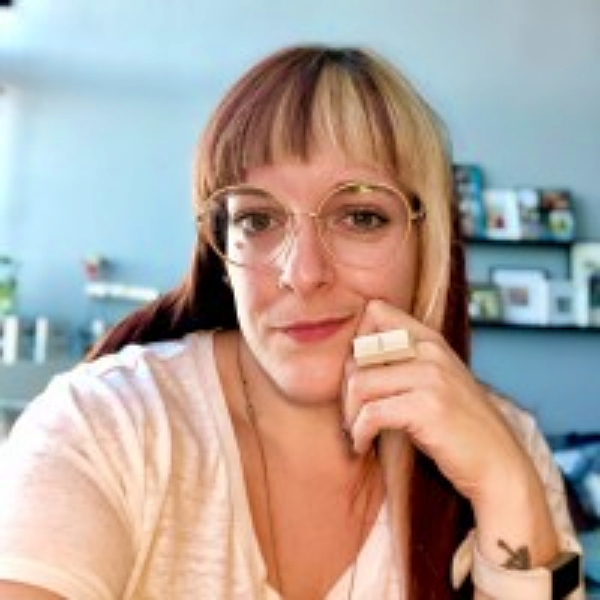
Denise Soueidan-O’Leary
Director of Projects and Partnerships, Centre for Social Innovation
-
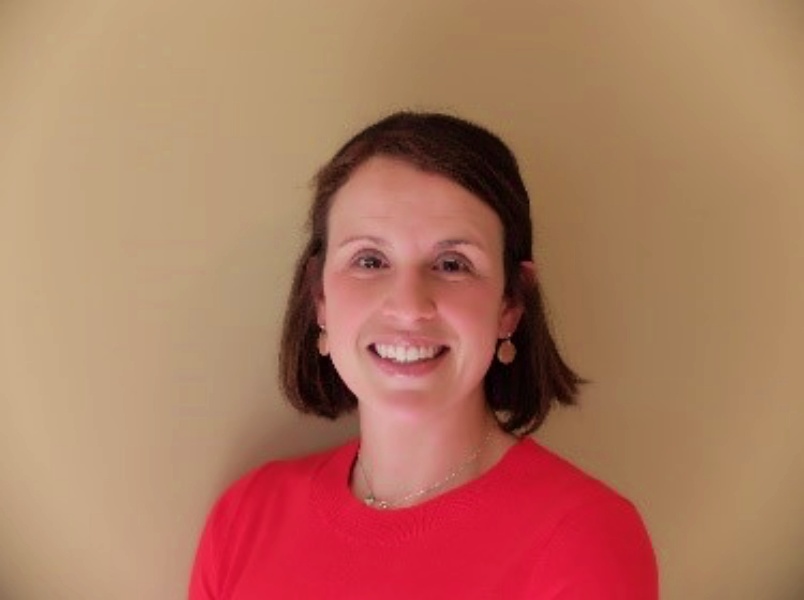
Aimee Gasparetto
Program Director, Every One Every Day Kjipuktuk, Halifax
5 Key
Takeaways
A roundup of the most compelling ideas, themes and quotes from this candid conversation
“If the system isn’t working, we build our own”
Aimee Gasparetto, program director of Every One Every Day in Halifax, compares social infrastructure to an ecosystem. A healthy social ecosystem is an interconnected network of spaces and relationships that work to leverage resources throughout an entire community. The key to the vitality of this ecosystem is interconnectedness. But this does not always spontaneously happen. The Participatory City platform is an adaptive approach to increasing access to community resources through broad participation, fostering the cross-cultural and cross-demographic connections that serve to strengthen community bonds.
Three cities, three custom strategies, three hyper local approaches
Keren Tang, national coordinator for Participatory City Canada, summarized the universal themes and lessons learned from the teams in Halifax, Montreal and Toronto which can be categorized in three areas:
- Baseline social disconnection
- The importance of broad programs over targeted services
- The effectiveness of a diversity in programs
While the basic foundational ingredients are similar, the methods through which each team prototyped their engagement strategies were adapted with hyper locality in mind. A community newspaper in one city was highly effective at drawing in participation while the same method fell flat in another. Hybridization, experimentation, and community co-creation were essential to custom tailor strategies for the most participatory impact.
Increasing entry points is the key to improving accessibility
Top-down targeted social services and programs identify specific demographics based on need. Pam Glode-Desrochers, executive director of the Mi’kmaw Native Friendship Centre in Halifax, calls this the “silo approach.” These programs operate in isolation and do not allow for real cross-cultural connections. Denise Soueidan-O’Leary, senior program manager for the Centre for Social Innovation in Toronto, oversaw the delivery of twelve different project workshops in Regent Park which brought people together based on interest, not need. By bringing diverse groups together, Denise observed neighbours connecting, kids playing together and residents offering each other jobs.
We need social infrastructure that allows everybody to plug-in
According to Tessy Britton, CEO of Participatory City Foundation, social infrastructure should be a priority the same way hard infrastructure is considered a priority in the development of our cities. Government has a role to play in the funding of social infrastructure, but so far Denise laments the “drip drop” funding typical of one-year proposals. Larger up-front funding, with less conditions attached, are essential to getting these broad participatory programs up and running. Conditional grants often rely on quantitative, measurable outcomes. But increased social connectivity can manifest in ways not captured by numbers. Grassroots organizations fostering cross-community connections require significant funding and free reign to build the necessary social infrastructure that allows people to thrive in their neighbourhoods.
Weaving it all together
Maude Lapointe, coordinator at Solon Collectif in Montreal, says, “the whole goal of this was really to just build connections, build networks, create a more resilient and sustainable community.” Keren puts forward the idea of “compound outcomes,” as a way of working towards this goal. Social outcomes are tied to economic outcomes and vice versa. Local actions ultimately have tremendous impacts on the greater economy. Sustainable practices at the local level, if widely adopted, can shift the economy to a more circular and sustainable model. This interconnectedness calls for comprehensive systems level strategies to maximize the well being of all peoples. Improved civic landscapes, more diverse programs and increased access to services will have positive ripples throughout our cities.
Additional resources
Participatory Canada – Y1 Social Research & Development Report https://www.participatorycanada.ca/y1report
Participatory Canada – Canada Participatif https://www.participatorycanada.ca – https://www.canadaparticipatif.ca
Participatory Canada – Tools to Act https://www.participatorycity.org/tools-to-act
Canada Participatif – Voir le nouveau rapport du Canada Participatif https://www.canadaparticipatif.ca/a1rapportfinal
Medium Post from Aimee in Halifax https://agasparetto.medium.com/insights-from-the-ground-on-developing-a-platform-approach-to-inclusive-participation-and-9ee0fa1994de
Tessy Britton’s Medium Page https://tessybritton.medium.com/
CSI’s Reflection https://socialinnovation.org/news/2021/05/14/how-were-helping-build-community-wealth-in-regent-park
Every One Every Day Kjipuktuk-Halifax https://socialinnovation.org/news/2021/05/14/how-were-helping-build-community-wealth-in-regent-park
Every One Every Day TO https://socialinnovation.org/offering/everyoneeverydayto
Solon Collectif – Notre voisinage page https://solon-collectif.org/notre-voisinage/
Mi’kmaw Native Friendship Centre https://mymnfc.com/
Tomorrow Today Streets https://www.weareeveryone.org/tomorrowtoday
Full Panel
Transcript
Note to readers: This video session was transcribed using auto-transcribing software. Manual editing was undertaken in an effort to improve readability and clarity. Questions or concerns with the transcription can be directed to events@canurb.org with “transcription” in the subject line.
Full Audience
Chatroom Transcript
Note to reader: Chat comments have been edited for ease of readability. The text has not been edited for spelling or grammar. For questions or concerns, please contact events@canurb.org with “Chat Comments” in the subject lin
From Canadian Urban Institute: You can find transcripts and recordings of today’s and all our webinars at https://canurb.org/citytalk
00:28:39 Canadian Urban Institute: Welcome! Folks, please change your chat settings to “all panelists and attendees” so everyone can see your comments.
Attendees: where are you tuning in from today?
00:30:04 Canadian Urban Institute: CUI extends a big thank you to the partners and sponsors of today’s session, Participatory Canada, McConell Foundation, the Ontario Trillium Foundation and the Maison de l’innovation sociale.
00:31:21 Canadian Urban Institute: Connect with our panel:
Pam Glode-Desrochers, Executive Director, Mi’kmaw Native Friendship Centre
https://www.linkedin.com/in/pamela-glode-desrochers-2ab795a6/?originalSubdomain=ca
@pamglode_hfx
Aimee Gasparetto, Program Director, Every One Every Day Kjipuktuk-Halifax, Mi’kmaw Native Friendship Centre
https://www.linkedin.com/in/aimee-gasparetto-she-her-00918a5b/?originalSubdomain=ca
https://mymnfc.com/
Maude Lapointe, Coordination, projets de transition, Notre voisinage, Solon collectif
https://solon-collectif.org/maude-lapointe/
Denise Soueidan-O’Leary, Senior Program Manager, Every One Every Day: Toronto, Centre for Social Innovation
https://www.linkedin.com/in/denise-souedian-o-leary-56a3b023/?originalSubdomain=ca
Tessy Britton, CEO, Participatory City Foundation
https://www.linkedin.com/in/tessybritton/?originalSubdomain=uk
@TessyBritton
Keren Tang, Participatory Canada Development Manager, McConnell Foundation
@kerentangyeg
https://www.linkedin.com/in/kerentang/
00:31:22 Maude Lecourt: Maude de Montreal, Université Concordia
00:32:22 Canadian Urban Institute: Read the Y1 Social Research and Development Report: https://www.participatorycanada.ca/y1report
00:33:09 Canadian Urban Institute: Première année – Rapport de rescherche & développement sociale: https://www.canadaparticipatif.ca/a1rapportfinal
00:44:11 Jannat Nain: What are the key factors to enable conditions for the ideas and creativity stemming from communities?
00:49:04 Purshottama Reddy: Do you think that the mainstream Canadian populace and the indigenous communities have now started working together in local municipal jurisdictions relative to participation – what are some of the challenges being faced and how should they be addressed.?
00:52:27 Sue Holdsworth: How do you convince local government to fund creation of new forms of connective tissue – when they are often seen as “nice to haves” vs meeting basic needs? vs very physical concrete things? Also have you learned about ways to evaluate impact of your efforts?
00:52:40 Pam Glode-Desrochers: Jonathan this is why we had the City part of the process….but there was and still is a lot of chatting going on!
00:54:06 Jayne Engle: The evaluation report is embedded in the full Social R&D report from Participatory Canada, here: https://www.participatorycanada.ca/y1report
01:00:32 Denise (she-They) CSI: Regent Park: My apologies! Barrier free wasn’t the correct term.
01:05:21 paula gallo: also so important to include children in these conversations.
01:12:56 Jannat Nain: I would be interested in knowing about your experiences with positive unintended outcomes from adapting the model to different contexts.
01:14:10 Canadian Urban Institute: Reminding attendees to please change your chat settings to “all panelists and attendees” so everyone can see your comments.
01:14:19 Keren Tang (she/her) Participatory Canada: Hi Paula! Children’s involvement is in fact one of the design principles with Participatory City – not individuals who need to be childminded, but ones with talents and skills to share with other children. In London – there are specific mini-makers program where 4yos teach other 4yos something fun. Each of the city here has their own stories about involving children
01:15:44 Gregory Woolner: Hi Jannat, there’s lots of good information about the unintended outcomes in the Social R&D report from Participatory Canada, here: https://www.participatorycanada.ca/y1report
01:16:05 Diane Dyson: Mes excuses – ma question ici: Je veux savoir s’il était important que le programme soit une intervention axée sur le lieu, un programme local, surtout pendant la pandémie.
01:17:28 Robert Plitt: curious to know scale of investment needed for the pilot.
01:19:15 Jannat Nain: How does one ensure that you maintain a balance between adapting ‘the model’ to different neighbourhoods and co-creating programs from within the community?
01:21:12 Jayne Engle: We call it an ‘approach’ rather than a ‘model’ as it is critical that it is adapted to context and co-created with local people.
01:21:56 Agniete Paulauskaite: Hi Robert, you can find some insights on finance from the Every One Every Day project in London in the Year 2 Report (Tools To Act) https://www.participatorycity.org/research – page 164, which can give you a better understanding on scale of investment
01:23:09 Jayne Engle: A strong learning from this first phase has been the adaptability of the approach and how varied the outcomes are in different contexts. Strong outcomes from UK after several more years of experience are multiple—from positive mental and physical health outcomes to development of cooperatives and collaborative businesses, including led by young people and from equity-seeking communities. More here: https://www.participatorycity.org/
01:23:22 Mélanie Bisson: Hi Jannet, good question! In QC we have been exploring how to hybridize the model/approach with existing initiatives and strong participatory culture. This hybridization is essential for real appropriation BY the communities. Participatory City approach can bring value if local people and actors are part of the initiative since the beginning, and if there is multidirectional learning.
01:23:35 paula gallo: Keren, that sounds so fantastic! I would love to chat with you more about this if you have some time. We also build capacity with children, so they can teach other children how to imagine their outdoor spaces. Children have so much creativity, and it’s very powerful for other children and the educators working with them, to experience this.
01:31:22 Alexandra Mitsidou: I love the emphasis on tailoring the approach to each local context and community needs! I am curious if at the same time you have seen any common ‘success principles’ or trends emerging across all the different local initiatives? Thank you for this great webinar.
01:31:24 Craig Johnson: Aimee mentions need for Inclusive economic opportunities linked to community-based social infrastructure -‘warehouse’ model in UK-what’s that and how would you see it evolving in the Halifax context?—public+private investments for startup SMEs of many different types?-not just conventional for-profit SMEs but also coops/community interest companies etc?
01:32:02 Pam Glode-Desrochers: It is not about relinquishing control for us – it is about taking control and allowing others to be part of the journey – it is about bring everyone along for the journey, understanding the need to learn the truth and to have real understanding
01:34:17 Jayne Engle: To Pam’s point, the learning architecture is such a critical part of this approach — learning within and between communities. This is not a model or ‘franchise’ approach at all, rather it involves robust data collection, research and learning about what is working and continually improving, adapting, and iterating.
01:43:13 Jayne Engle: There is a risk of staying too small scale, because this is also about culture change.
01:44:11 paula gallo: Jayne, good point. Important to be reaching out across and within communities. makes it possible to connect with other groups and individuals.
01:45:05 paula gallo: makes me think of the city of Toronto redoing community buildings such as in parks, and not building in kitchens
01:46:41 Diane Dyson: In his book Human Scale Revisited, Sale described historical takes on the question. Plato called for cities of 5,040 citizens (men); Leonardo da Vinci said the ideal was 30,000. More’s Utopia had 6,000 families.
01:50:52 Canadian Urban Institute: Continue the conversation. Check out these resources:
https://www.participatorycanada.ca/ (ENG) https://www.canadaparticipatif.ca/ (FR)
Medium post from Aimee/Halifax: https://agasparetto.medium.com/insights-from-the-ground-on-developing-a-platform-approach-to-inclusive-participation-and-9ee0fa1994de (English only)
Tessy Britton’s Medium page: https://tessybritton.medium.com/
CSI’s reflection: https://socialinnovation.org/news/2021/05/14/how-were-helping-build-community-wealth-in-regent-park/
Every One Every Day Kjipuktuk-Halifax website: https://halifaxiseveryone.ca/ and Facebook page: https://www.facebook.com/everyoneeverydayhalifax
Every One Every Day TO website: https://socialinnovation.org/offering/everyoneeverydayto/
Notre voisinage page: https://solon-collectif.org/notre-voisinage/ and facebook page: https://www.facebook.com/notre.voisinage
Tools to Act from Participatory City Foundation: https://www.participatorycity.org/tools-to-act
01:51:21 Mélanie Bisson: L’approche Participatory City peut contribuer à lier, mailler et soutenir le développement d’une intention commune entre les multiples initiatives déjà présentes, souvent indépendantes, dans les territoires.
01:51:44 Mélanie Bisson: Et dans les quartiers plus spécifiquement
01:52:07 Canadian Urban Institute: CUI extends a big thank you to the partners and sponsors of today’s session, Participatory Canada, McConnell Foundation, the Ontario Trillium Foundation and the Maison de l’innovation sociale.
CUI remercie chaleureusement les partenaires et commanditaires de la séance d’aujourd’hui, Participatory Canada, la Fondation McConnell, la Fondation Trillium de l’Ontario et la Maison de l’innovation sociale.
01:53:21 Canadian Urban Institute: Read the Participatory Canada report here: https://www.participatorycanada.ca/y1report
Voir le nouveau rapport du Canada Participatif ici: https://www.canadaparticipatif.ca/a1rapportfinal
01:55:05 Canadian Urban Institute: Keep the conversation going #CityTalk @canurb
You can find transcripts and recordings of today’s and all our sessions at https://www.canurb.org/citytalk
COMING UP: Join us on Thursday, June 24, 2021 for two important conversations about addressing the post-COVID gender gap in Canada’s cities: https://canurb.org/leading-canadas-shecovery-from-the-ground-up/
01:56:41 Carrie Stalder: This funding model used in Massachusetts for their Gateway Cities could be one to look at. https://www.massdevelopment.com/what-we-offer/key-initiatives/tdi/tdi-districts
01:57:31 Kirsten Frankish: Thank you all for another illuminating, thoughtful and thought provoking discussion. Very much appreciated!
01:57:51 Gabriela Masfarre Pinto: Thank you very much! This conversation has been great!!!
01:57:53 Keren Tang (she/her) Participatory Canada: https://www.participatorycanada.ca/y1report
01:58:10 Craig Johnson: many thanks great!
01:58:30 Alexandra Mitsidou: Thank you for a great discussion
01:58:32 Keren Tang (she/her) Participatory Canada: En Francis: https://www.canadaparticipatif.ca/a1rapportfinal
01:58:38 Keren Tang (she/her) Participatory Canada: *francais
01:58:51 Keren Tang (she/her) Participatory Canada: Thank you all for tuning in!
01:58:52 Tessy Britton : thanks everyone for coming!
01:58:58 Jayne Engle: Thanks to CUI for hosting and all the inspiring panelists!
01:59:12 Diane Dyson: On June 29th, CUI will look to Youth in the City!
01:59:15 Mélanie Bisson: Thank you all of you for this amazing share back!
